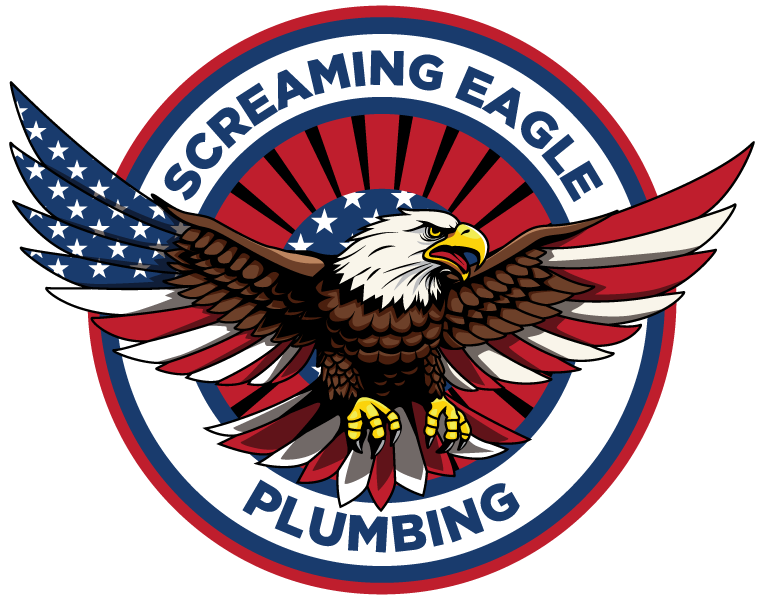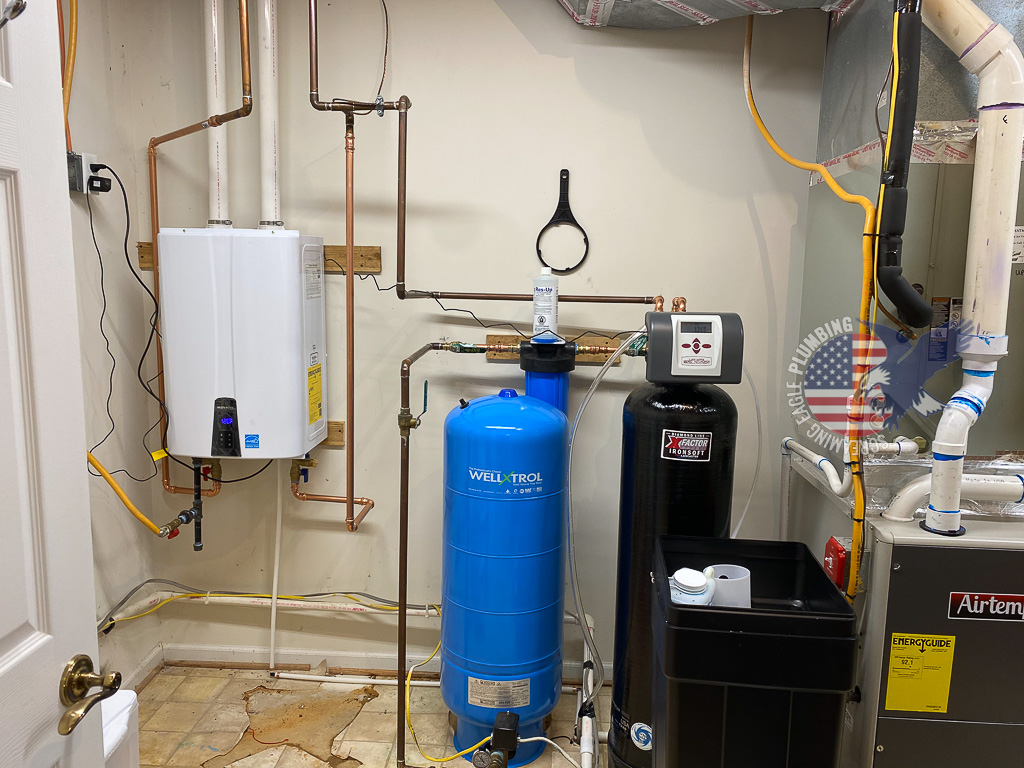WATER TREATMENT IS THE SOLUTIONNavigating the Challenges of Well Water: A Homeowner's Guide
For many homeowners, having access to well water offers a sense of purity and connection to the environment. However, well water comes with its own set of unique challenges. Here’s a deep dive into the intricacies of well water and how to navigate them.
1. Hard Water Problems
One of the first signs that homeowners notice is hard water problems. These are caused by high concentrations of calcium and magnesium, reducing the effectiveness of soaps and detergents and unsightly spots on dishes.
2. Contaminants and Minerals
While well water may seem pristine, it often contains various well water contaminants. Beyond the usual minerals in well water, like calcium and magnesium, there can also be heavy metals in well water, which may pose health concerns.
3. Sediment and Turbidity
Sediment in drinking water can make it appear murky. Turbidity in well water, or cloudiness caused by particles, is another issue that affects the clarity and quality of the water.
4. Iron and Staining
Iron staining from well water is standard, leaving reddish-brown residues on fixtures and laundry. This is a clear indication of high iron content and requires attention.
5. The Unpleasant Sulfur Smell
The distinct sulfur smell in water, reminiscent of rotten eggs, is due to hydrogen sulfide gas. While not always dangerous, it’s undoubtedly off-putting and requires treatment.
6. Bacterial Concerns
Bacterial contamination in wells is a severe issue. Unsafe drinking water symptoms, such as gastrointestinal problems, can arise if the water isn’t regularly tested and treated.
7. pH Imbalances
A well water pH imbalance can corrode plumbing and impart a metallic taste. Whether it’s too alkaline or acidic, balancing the pH is crucial for safety and taste.
8. Discoloration Issues
Discolored well water can result from various factors, from organic matter in well water decaying to rust.
9. The Need for Softening and Filtration
Given the hard water problems and contaminants, many homeowners look into water softening for wells. Additionally, well water filtration needs arise to address contaminants and improve overall water quality.
10. Other Challenges
From frequent well pump failures affecting access to water to well water pressure fluctuations causing inconsistent flow, homeowners have their work cut out for them. Furthermore, challenges like salinity issues in well water or the distinct chlorine taste in well-treated water can also arise, especially when comparing well water vs. city water challenges.
Treating Well Water: The Necessity of Softeners and Filtration
One of the most significant considerations for homeowners relying on well water is the treatment process. Raw well water, while a natural source, often contains minerals and contaminants that can affect its taste, appearance, and safety. Two essential treatments—water softening and multi-stage reverse osmosis filtration—can transform well water into a high-quality resource for household use.
The Role of Water Softeners
Hard water problems are among the most common issues faced by those using well water. The presence of excess calcium and magnesium minerals can lead to scale build-up in pipes, reduced soap lathering, and spotting on glassware. Enter water softeners. These devices work by exchanging the calcium and magnesium ions in the water with sodium ions, effectively “softening” the water. Not only does this process protect plumbing systems and appliances, but it also enhances the overall water quality, making it better for consumption and daily household tasks.
The Power of Multi-Stage Reverse Osmosis Filtration
For those seeking the purest water possible, a multi-stage reverse osmosis (RO) water filtration system is a game-changer. RO systems work by pushing water through a series of semi-permeable membranes to remove contaminants at a microscopic level. But it’s not just about a single filter. The “multi-stage” aspect means that the water passes through multiple filtration phases, each designed to remove different types of contaminants. By the time water has navigated through these stages, what you’re left with is clean, crisp, and near-contaminant-free water.
Incorporating both water softeners and a multi-stage RO system ensures that well water is not only safe but also of the highest quality. Whether you’re cooking, cleaning, or simply quenching your thirst, these treatments provide peace of mind and a superior water experience.
Tapping into well water is both a privilege and a responsibility. Homeowners can ensure they’re drinking and using the best quality water possible by understanding the complexities, from sediment to bacterial contamination. And when in doubt, seeking expert guidance can help navigate the unique challenges of well water.

